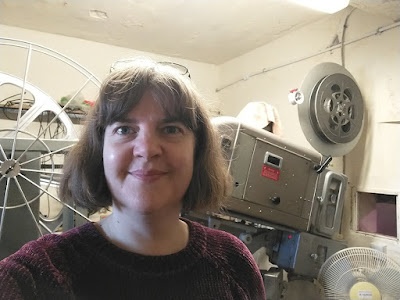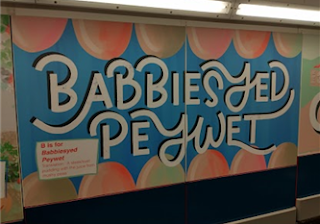In the late 19th and early 20th century holidaying at the seaside became extremely popular in Britain. The expansion of the railways meant that a trip to the coast was easier and there was a host of natural and built attractions to draw in visitors. Unfortunately sunny weather couldn't always be guaranteed, so towns quickly realised that indoor attractions were needed.
Winter Gardens were the solution - entertainment complexes made out of glass, often with trees and flowering plants inside.
Winter Gardens owners took their inspiration from The Crystal Palace the stunning iron and glass building originally constructed for The Great Exhibition of the Works of Industry of All Nations in 1851 at Hyde Park, London. The Crystal Palace was the idea of three men - Prince Albert, Henry Cole (also known for creating the first commercial Christmas card) and Joseph Paxton.
Paxton had been designing glass houses for twenty years when he was commissioned to create The Crystal Palace including the Lily House at Chatsworth which was built to protect the giant Victoria Regia a rare tropical water plant that had been newly discovered and its seed brought back to Britain.
The Crystal Palace was so popular it was moved south of the River Thames to Sydenham in 1854. It was sadly destroyed by a fire in 1936.
The first Winter Garden was built in Southport, Lancashire, on land between the Promenade and Lord Street it's smart shopping street which is said to have inspired the famous Champs-Élysées in Paris.
The Winter Gardens was built by Manchester architects Maxwell and Tuke, who also designed Blackpool Tower, though they both died before it was finished.
Their Winter Gardens opened 150 years ago, in September 1874, and was advertised as 'the largest conservatory in England' and was built between two brick pavilions.
There were extensive gardens outside the building and a 170 foot promenade inside where visitors could stroll and admire the indoor planting. There was also a band pavilion, a reading room, a chess room and a conservatory filled with plants and flowers as well as a cascade (waterfall.)
The aquarium had over 20 tanks for fish including sharks and pools for seals and crocodiles.
An opera house was added in 1851 designed by the renowned theatre designer Frank Matcham (he also designed the famous Blackpool Tower Ballroom).
The opera house was destroyed by a fire in 1929 and was replaced by the art deco Garrick Theatre which later became a cinema and then a bingo hall and is now set to be transformed into a fancy spa hotel.
and the Missing Reel by Susan Brownrigg (illustration by Jenny Czerwonka)
It is also home to not one, but two Wurlitzer organs!
(Photo: Susan Brownrigg)
Big Wheel. One of the Winter Gardens glass domes is visible on the left of the image.
(Photo: Susan Brownrigg)
Ye Galleon today (Photo: Susan Brownrigg)
Blackpool Council bought the Winter Gardens in 2010 in a £40 million pound deal. They have renovated a lot of the rooms inside which had fallen into disrepair.
They have made repairs to the Empress Ballroom roof and £1.8 million was spent on restoring the glorious Spanish Hall's roof.
Hopefully the Winter Garden's historic Pavilion Theatre will be next to be repaired.
Further up the coast, the surviving part of Morecambe Winter Gardens, originally the Victoria Pavilion Theare, is also currently being restored.
It is great that these important building are being preserved for the future.
Blackpool Winter Gardens during an open day (Photo: Susan Brownrigg)
































